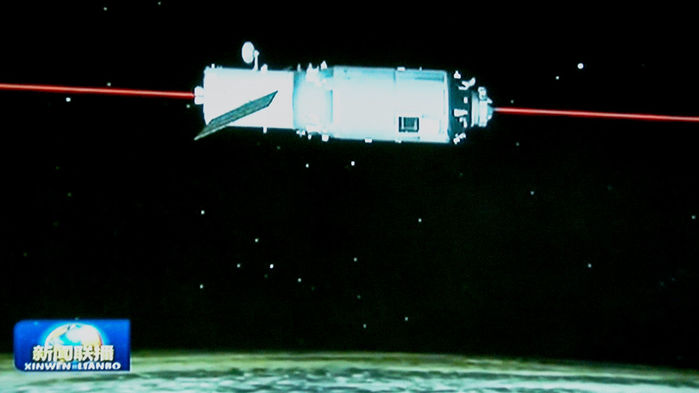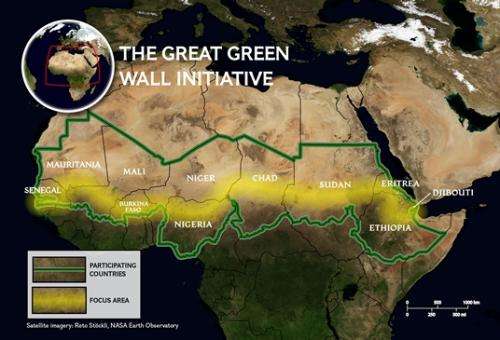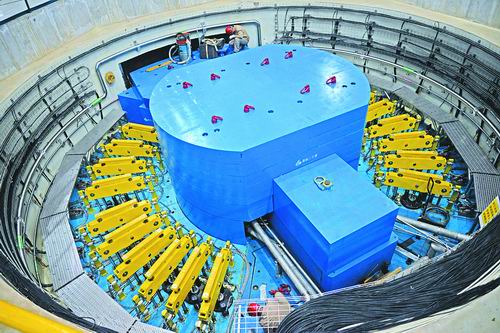
Chinese researchers have developed a new material that can absorb heavy metal ions from fertilizer, decreasing environmental pollution. The material, a nanocomposite, was developed by a team led by Wu Zhengyan of the Hefei Institute of Physical Science under the Chinese Academy of Sciences. It can "grab" arsenic and copper ions from manure with high efficiency.

Clocks that use cold atoms form the backbone of the international time system here on Earth. Now, scientists in China have successfully demonstrated a cold atom clock in space, an achievement that could lead to more accurate terrestrial timekeeping and better tests of fundamental physics.
Experience in China over almost a century has shown that it is necessary to mobilize efforts and resources to concentrate on major tasks. Now the experience is being applied to scientific and technological innovation. Innovation is at the heart of China's 13th Five-Year Plan (2016-2020), which sets the aims to become an "innovation nation" by 2020, an international leader in innovation by 2030, and a world powerhouse in scientific and technological innovation by 2050.

Xinjiang Institute of Ecology and Geography (XIEG) of the Chinese Academy of Sciences and the Panafrican Agency of the Great Green Wall (PAGGW) signed a Memorandum of Cooperation on Sep. 15, opening a new chapter for the battle on African’s desertification.

China celebrated a major scientific breakthrough on August 28, 2017, when the China Spallation Neutron Source (CSNS) produced its first neutron beam. The CSNS will provide powerful support to high-value scientific projects and seeks to make great contributions to China's sustainable development and national security.
Chinese research vessel Kexue successfully collected a deep-sea probe from the South China Sea Monday, which brought back 186 gigabytes of first-hand data. The data is important to analyze the evolution, transformation and ecological relations of the biotic community in the cold-seep ecosystem, according to scientists with the Institute of Oceanology under the Chinese Academy of Sciences.

86-10-68597521 (day)
86-10-68597289 (night)

52 Sanlihe Rd., Xicheng District,
Beijing, China (100864)

